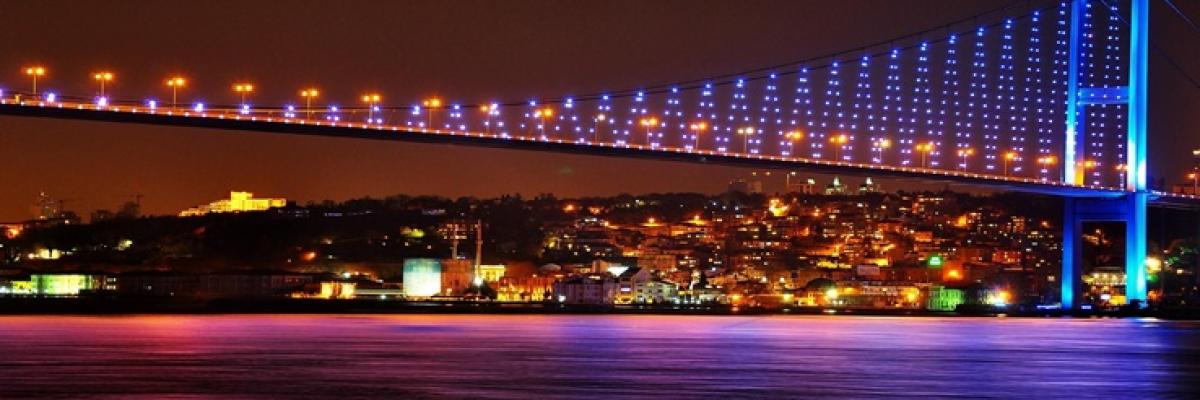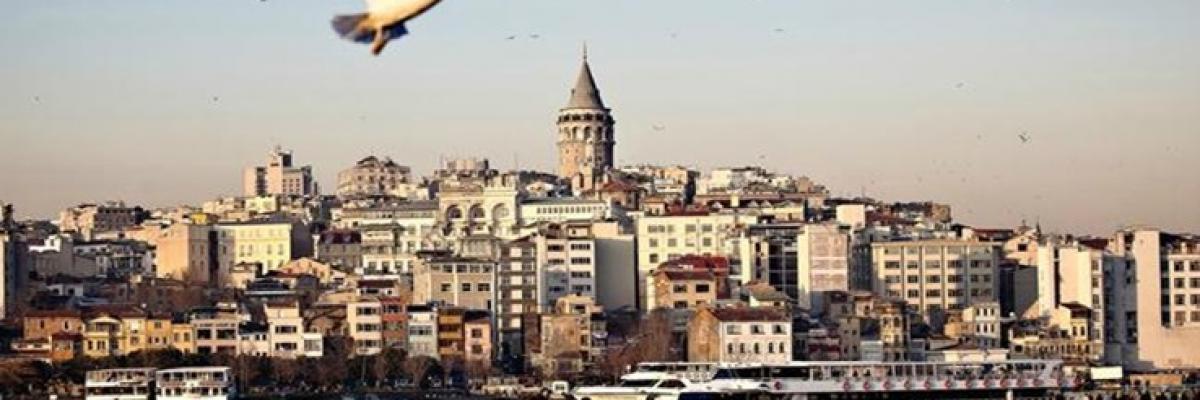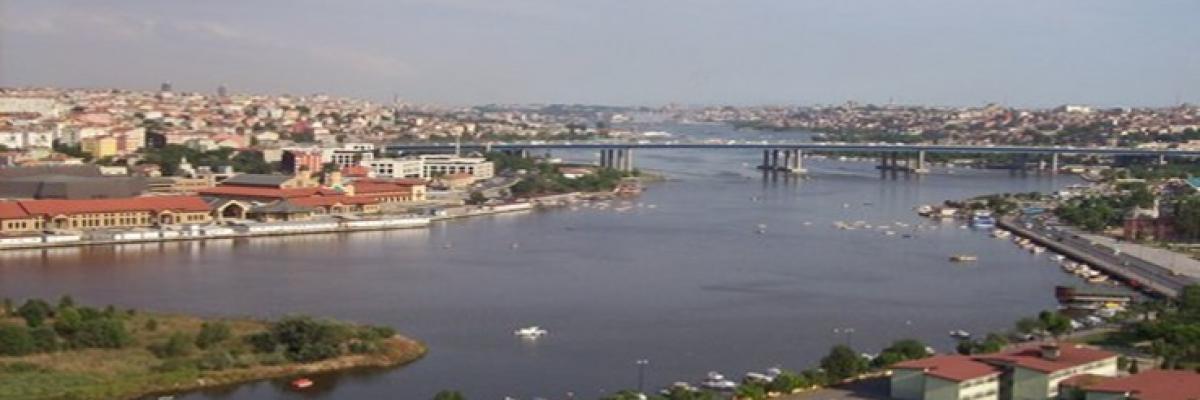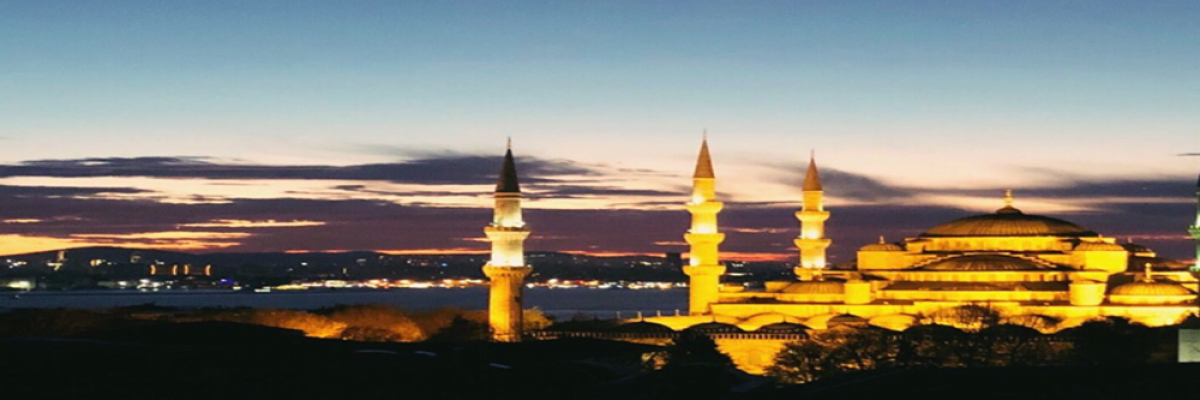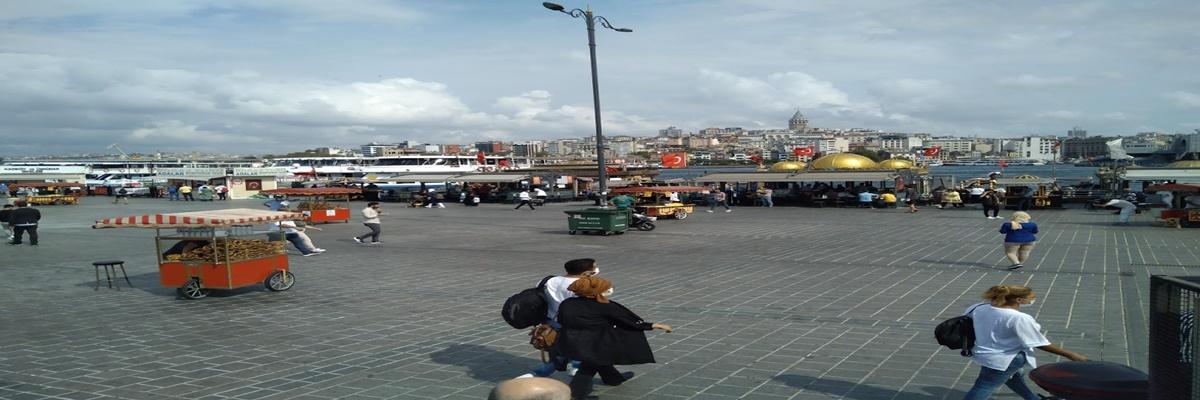Rumelian Fortress
Posted on Cum Eyl, 20 by Administrator

RUMELI FORTRESS
- It was built by Fatih Sultan Mehmet right across the Anatolian Fortress on the Anatolian side in order to prevent attacks from the north of the Bosphorus before the conquest of Istanbul.
-This is the narrowest point of the throat.
- It covers an area of 30 acres.
- The three great towers of the fortress, which was completed in as little as 90 days, have the world's largest bastions.
-Fatih has set his mind to take Istanbul
The Byzantine Emperor asks Constantine land to build a hunting lodge. The emperor mockingly tells that this hunting lodge will take up the size of a calf skin and give this much land. Thereupon II. Mehmet has a calf cut and skinned immediately and has a thread made of leather. It turns the area where the Rumeli Fortress will be built with this rope. The emperor is surprised when he comes to look at the construction. Because a calf leather, not the desire to build, is large enough to accommodate hundreds of calfskin. When he informs Fatih about the situation, Fatih shows the rope he has made from calfskin and says: "I had this rope spinned from calfskin. If there is more, let's wash it." The emperor and those with him are helpless and allow the fortress to be built.
- Construction The construction of the fort started on April 15, 1452. By making a division of labor, the construction of each section was given to the supervision of a pasha, and the construction of the section on the sea side was undertaken by Fatih Sultan Mehmet himself. When viewed from the sea, Saruca Pasha supervised the construction of the tower on the right, Zağanos Pasha to the construction of the one on the left, and Halil Pasha to the construction of the tower on the shore. The towers here bear the names of these pashas. The construction of the fort was completed on 31 August 1452.
The timbers used in the construction of the fortress were obtained from Iznik and Karadeniz Ereğlisi, stones and lime were obtained from different parts of Anatolia and spolis (spoiled pieces of stone) were obtained from the ruined Byzantine structures in the surrounding. According to the architect E. H. Ayverdi, approximately 300 masters, 700-800 workers, 200 coachmen, boatmen, transporters and other crew members worked in the construction of the fortress. Covering an area of 60,000 square meters, the masonry volume of the work is approximately 57,700 cubic meters.
Rumelian Fortress has three big bastions named Saruca Pasha, Halil Pasha and Zağanos Pasha, Küçük Zağanos Pasha and 13 large and small towers. Along with the ground floors, Saruca Pasha and Halil Pasha towers have 9 floors, while Zağanos Pasha Tower has 8 floors. Saruca Pasha Tower has a diameter of 23.30 meters, wall thickness of 7 meters and a height of 28 meters. The Zağanos Pasha Tower has a diameter of 26.70 meters, a wall thickness of 5.70 meters and a height of 21 meters. Halil Pasha Tower has a diameter of 23.30 meters, wall thickness of 6.5 meters and a height of 22 meters.
Rumeli Fortress was severely damaged in the 1509 Great Istanbul Earthquake, but was repaired immediately. The wooden part was destroyed in the fire in 1746. Hisar is again III. It was repaired in the period of Selim (1789-1807). When the wooden cones covering the towers of the fort collapsed, the interior of the castle was filled with small wooden houses. In 1953, with the instructions of the President Celâl Bayar, three Turkish female architects Cahide Tamer, Selma Emler and Mualla Eyüboğlu Anhegger started the necessary work for the repair of the fortress.
restoration has been carried out.
-Rumeli Castle concerts are used as museums and open air theaters.
